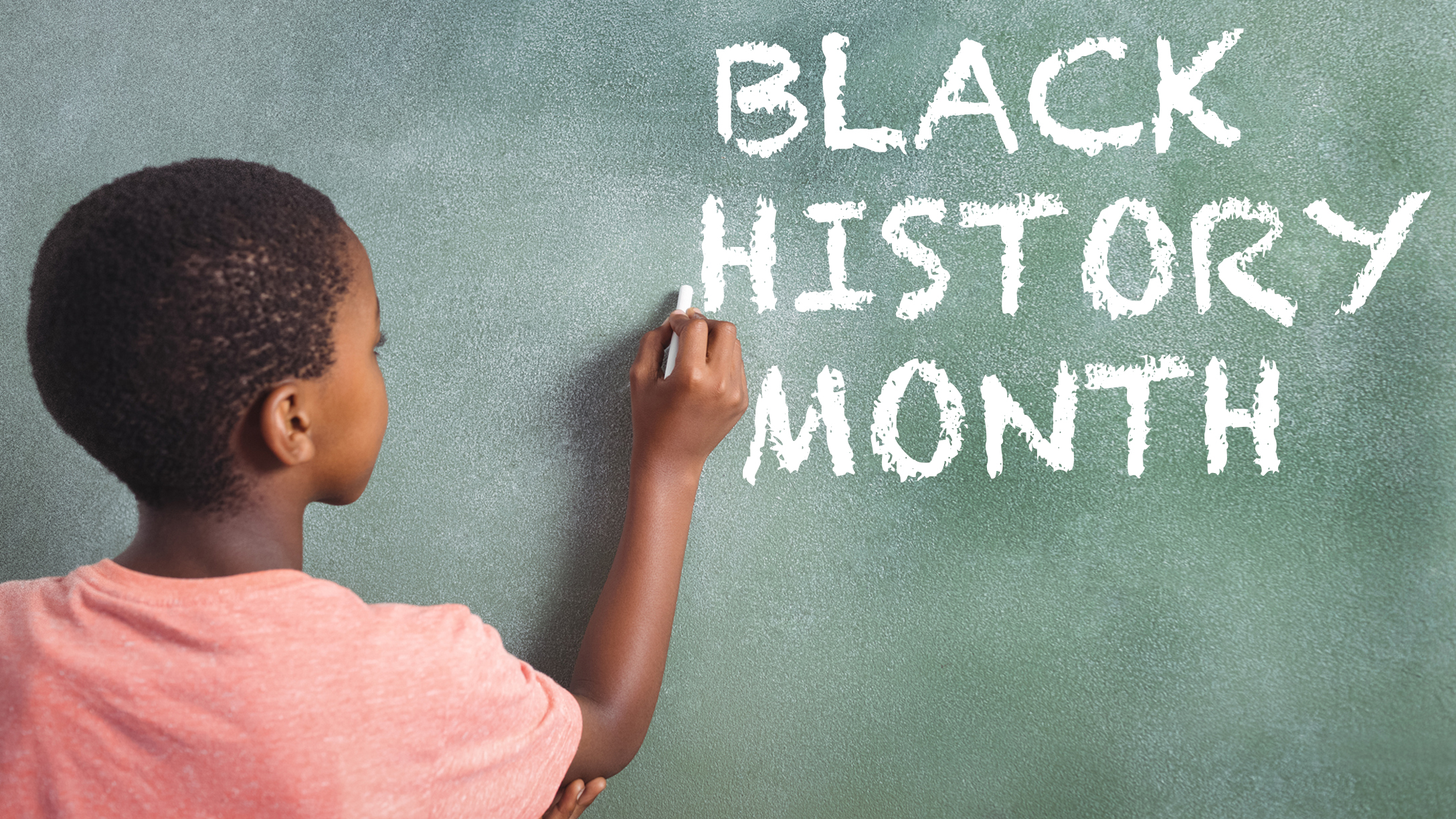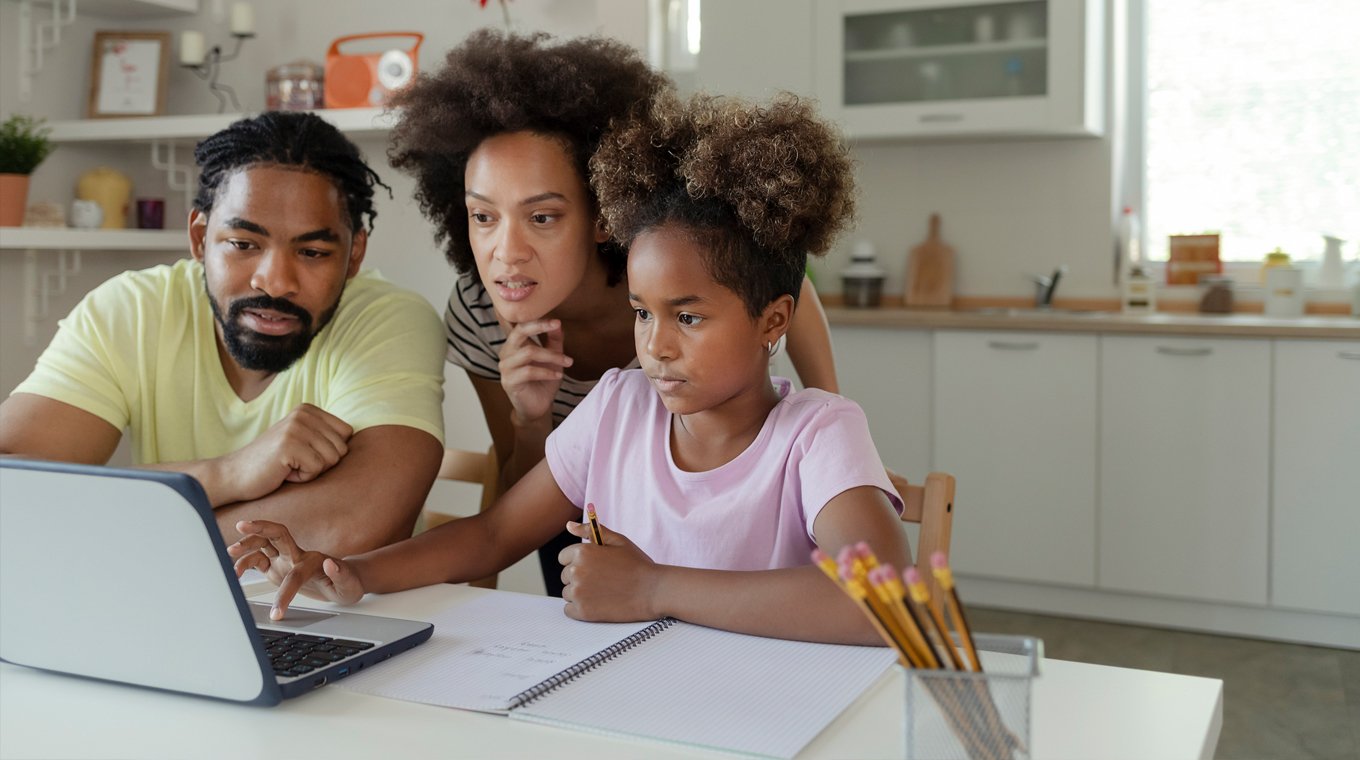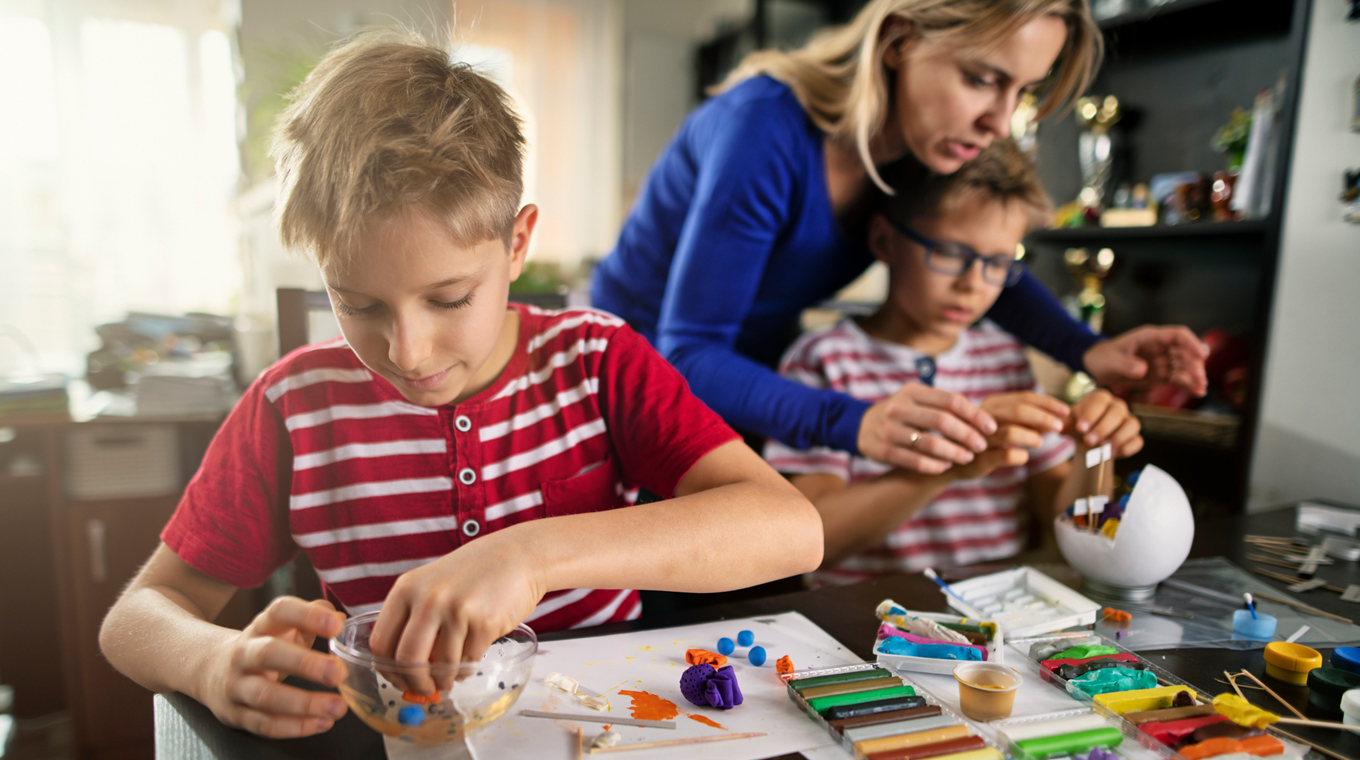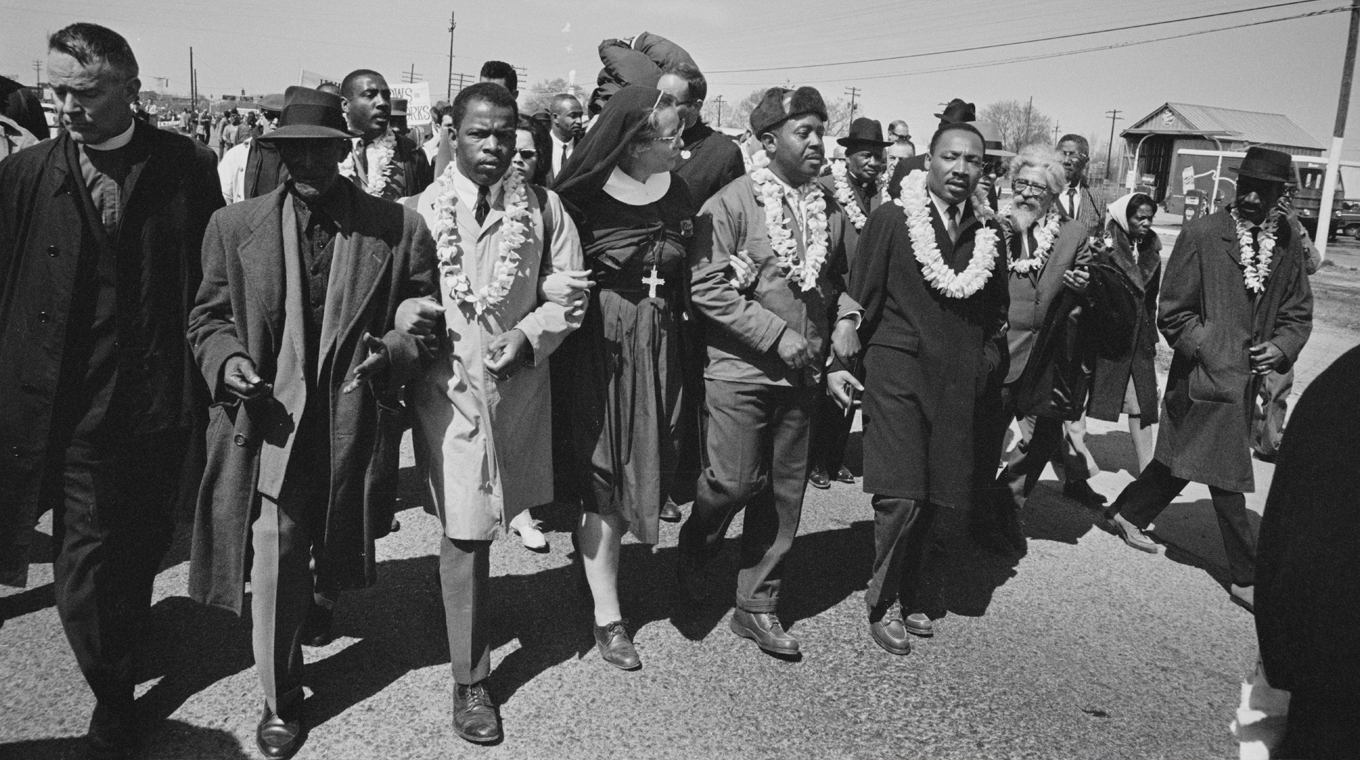
In this article
Black history did not begin and end with slavery. There is much to learn about the contributions African-Americans have made in the United States. Whether you're a traditional homeschooling family, virtual, or hybrid learning, there are several ways to teach Black History to your kids.
Black History Month began over 100 years ago as a way to recognize the achievements of African-Americans. During a tumultuous time in history, founders Carter G. Woodson and Jesse E. Moorland recognized the importance of celebrating the African Diaspora in the United States.
This year, Black History Month comes on the heels of the attack on the United States Capitol and the country's ongoing unrest. Now is the ideal time to integrate homeschool lessons about Martin Luther King and other Black figures in history into your child's homeschool curriculum. Check out the following 6 homeschooling lessons for ideas to help teach about Black History Month in your homeschool.
Black History curriculum for homeschooling lessons

Much of the curriculum available to homeschoolers promotes a Eurocentric ideology. This one-sided and often whitewashed approach gives children a biased and inaccurate account of our nation's history. Seek out curriculum that amplifies Black Voices.
1. Choose a curriculum that highlights Black history.
Homeschooling lessons like those found in Black History is American History for kids ages 6 and under provide a rich and age-appropriate introduction to Black History. Created by Danielle Slaughter, the mini monthly curriculum teaches children and their parents about Black History all year long.
"I started Black History is American History because I was tired of people only talking about the contributions our ancestors have made to this country for 28 days a year. Black Americans deserve more than being a chapter in history textbooks or a special elective class," Danielle told Mom.com. "I wanted children to learn about more than slavery and the Civil Rights movement and I wanted it to be done in the same interactive ways that they teach other history."
For older children, Woke Homeschooling, Oh Freedom! offers options for students in Grades 3 through high school and provides parents with resources to educate their children in a socially-conscious way. "To be WOKE is to be 'alert to injustice in society, especially racism,'” is how they describe their compelling curriculum. I currently use the elementary/middle school version with my 10-year-old.
2. Teach your children about Africa's history and use African-centered resources.
Without Africa, there would be no Black History in the United States. Africa has a very rich and vast history to study and explore. Include homeschooling lessons from diverse resources like The Historic Journey. It includes lessons like African Heritage Before America and is an all-encompassing Black History resource.
Black History Month crafts and activities for kids

For some children, hands-on activities help solidify learning. Try to incorporate hands-on extension activities and crafts when possible to solidify learning.
3. Check out book publishers or educational sites for links to Black History Month books and activities.
The Scholastic website has a search feature that lets you look up topics and provides corresponding books, lesson plans, and activities to go along with the book or topic.
4. Highlight famous Black women like Rosa Parks and Mae Jamison with Black History Month crafts.
This Rosa Parks writing activity and bus craft get kids thinking, cutting and pasting their way through history. Another teacher Pay Teachers Black History craft activity highlights Mae Jamison, Garrett Morgan, and Ruby Bridges and includes both a craft activity with a writing component.
Make learning about Black people in history a priority

Black History Month provides an opportunity to recognize and appreciate the accomplishments and contributions of Black people. It's also a time to understand the trials and challenges African Americans have had to endure over the years. The Anti-Defamation League (ADL) website emphasizes that Black History Month is an opportunity to teach students not just facts, figures, and names, but also ideas. Fostering a sense of empathy and understanding is key.
"It is important to engage students in activities that get them to think broadly and critically about the black experience in all of its complexity. Instruction should incorporate history, point of view, politics, struggle, first-person experience, art, literature, and data," the website states.
5. Dig deeper into Black history when out and about.
When on vacation or visiting sites near your home, research additional history of the area. In my home city of Charleston, SC, there are countless little known Black History facts to be discovered. For example, just a few miles away from my home is the Tuskeegee Airmen Memorial where the heroic pilots performed final combat training exercises. At Hampton Park in downtown Charleston, a statue of Denmark Vessy stands to commemorate an enslaved African. Upon purchasing his freedom, Vessy planned a revolt in Charleston.
6. Discover Black inventors and Black women and men who are making history today.
In a recent unit study, I introduced my son to NASA Scientist, Lonnie Johnson. Johnson invented the Super Soaker water toy. We made it a hands-on activity with a fun backyard Super Soaker fight.
As a homeschooling parent, it's important to make an effort to look for Black History. February being Black History Month, it's a good time to kick-off your studies — but learning about Black History is important year-round.







